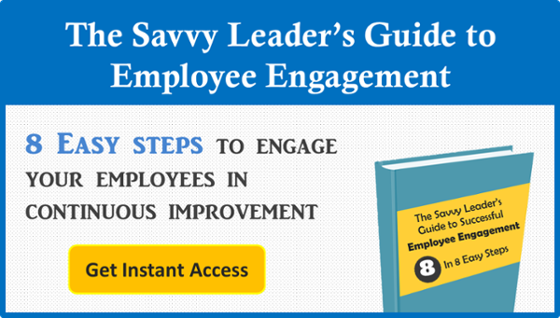 When my daughter was in elementary school, every weekday morning, I would drive her to the daycare center located on the site of the school. I would walk her to the building, make sure the teacher knew she was there and head off to work. When it was time for regular school to start, the day care teacher would walk her to her classroom, where the school teacher would take over. The process was reversed after regular classes and she stayed at the day care until I came to pick her up.
When my daughter was in elementary school, every weekday morning, I would drive her to the daycare center located on the site of the school. I would walk her to the building, make sure the teacher knew she was there and head off to work. When it was time for regular school to start, the day care teacher would walk her to her classroom, where the school teacher would take over. The process was reversed after regular classes and she stayed at the day care until I came to pick her up.
At every point in the day, there was a person responsible for her. They knew that they were responsible and didn’t give up that responsibility until the next person took over and acknowledged that they were doing so. Sort of a grown up game of tag. There are some striking similarities in how that all worked and the Lean concept of Catchball.
What is Catchball?
Catchball is a business process of moving ideas, tasks, and feedback around in an iterative manner. If you think of a simple game of catch, you’ll get the idea. One person has control of the ball and they pass it to another until it is returned. The process is used to refine ideas, get buy-in from a range of employees, support innovation and sustain a continuous improvement culture. It is often deployed in relation to goal setting and decision making, and usually requires movement up and down the org chart.
Why is It Like Parenting an Elementary Student?
There are a few things I see reflected in the home-to-day-care-to-school and back again situation.
I had to give up control. The whole arrangement rests on the fact that I could not be solely responsible for my daughter’s care and education. I needed to trust others for both my daughter’s benefit and mine. When managers “toss” responsibility to an employee, they too are giving up control and trusting their team.
There was a clear handoff. At no point during the day was my daughter out of the direct care of an adult who knew they had responsibility. There was no gray area around who should be keeping an eye out for her. A well run catchball process puts the same level of certainty around ownership of the initiative. Someone can drop a ball, but a ball can never fall through the cracks.
Everyone added something beneficial. I love my daughter more than anyone could, but being with me all of the time would not have been good for her. She learned valuable social skills from the day care teachers and academic ones from school teachers. She came back to me changed for the better. That’s the exact idea with catchball. You pass along a thought, project or opportunity for improvement and it comes back to you changed by someone else’s useful input or analysis.
There Is One Major Difference
As my daughter got older, there began to be times when no adult was directly responsible for her. Children grow up and can start to assume responsibility for themselves. Projects, opportunities for improvement and ideas for innovation, on the other hand never become capable of taking care of themselves. They always need a person to move them forward.
Catchball is one way to make sure that happens.



Add a Comment